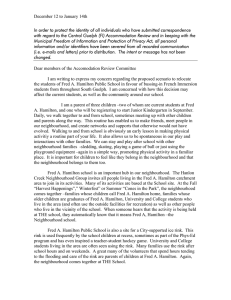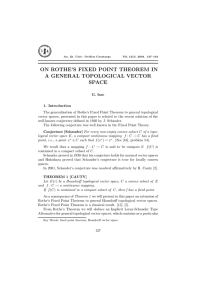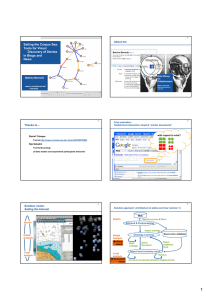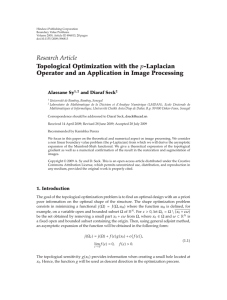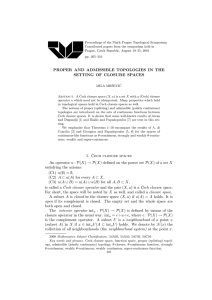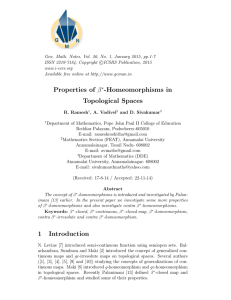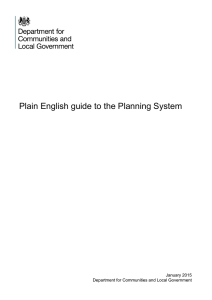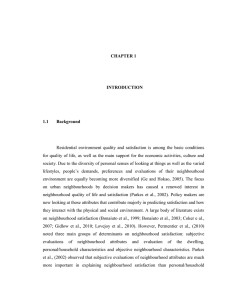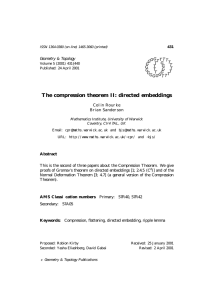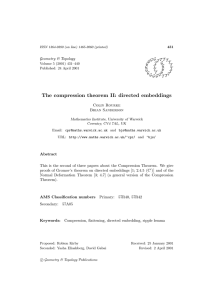Homework 5. Solutions
advertisement
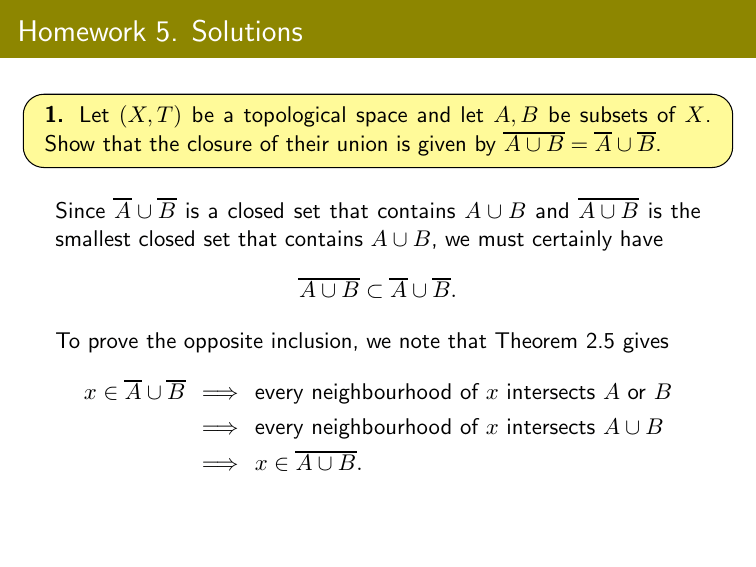
Homework 5. Solutions
1. Let (X, T ) be a topological space and let A, B be subsets of X.
Show that the closure of their union is given by A ∪ B = A ∪ B.
Since A ∪ B is a closed set that contains A ∪ B and A ∪ B is the
smallest closed set that contains A ∪ B, we must certainly have
A ∪ B ⊂ A ∪ B.
To prove the opposite inclusion, we note that Theorem 2.5 gives
x ∈ A ∪ B =⇒ every neighbourhood of x intersects A or B
=⇒ every neighbourhood of x intersects A ∪ B
=⇒ x ∈ A ∪ B.
Homework 5. Solutions
2. Find two open intervals A, B ⊂ R such that A ∩ B 6= A ∩ B.
Pick any real numbers a < b < c and consider the open intervals
A = (a, b),
B = (b, c).
Since A ∩ B = ∅, one also has A ∩ B = ∅. On the other hand,
A ∩ B = [a, b] ∩ [b, c] = {b}.
Homework 5. Solutions
3. Let (X, T ) be a topological space and let A ⊂ X. Show that
∂A = ∅
⇐⇒
A is both open and closed in X.
If A is both open and closed in X, then the boundary of A is
∂A = A ∩ X − A = A ∩ (X − A) = ∅.
Conversely, suppose that ∂A = ∅. Then Theorem 2.6 gives
A◦ = A.
Since A◦ ⊂ A ⊂ A by definition, these three sets are equal, so
A◦ = A = A =⇒ A is both open and closed in X.
Homework 5. Solutions
4. Let (X, T ) be a topological space and let A ⊂ X. Show that
X − A = X − A◦ .
Using Theorem 2.5, one finds that
x ∈ X − A ⇐⇒ every neighbourhood of x intersects X − A
⇐⇒ no neighbourhood of x is contained in A
⇐⇒ x ∈
/ A◦
⇐⇒ x ∈ X − A◦ .
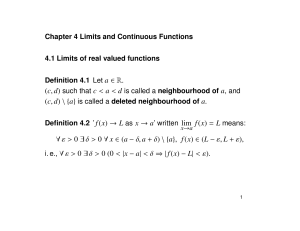





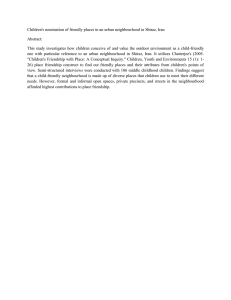
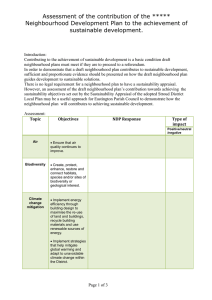
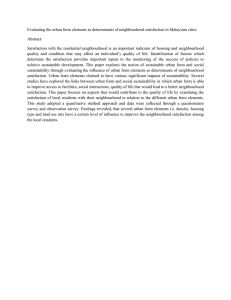
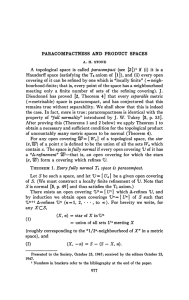
![MA3421 (Functional Analysis 1) Tutorial sheet 4 [October 23, 2014] Name: Solutions](http://s2.studylib.net/store/data/010731562_1-beb14263f14bdc19069992b7430e234b-300x300.png)
